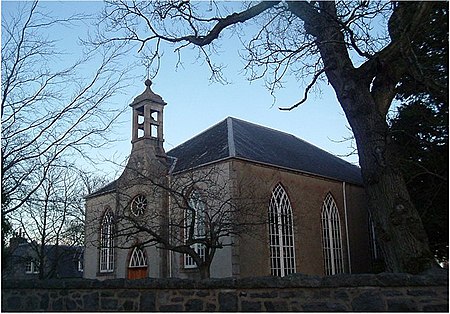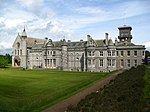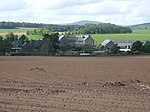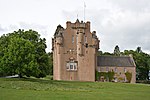Echt, Aberdeenshire

Echt (Scottish Gaelic: Eicht) is an Aberdeenshire crossroads village in northeast Scotland with a population of approximately 300 people. Echt has a number of prehistoric remains, including the Barmekin of Echt which is on a hill to the northwest. There is also the Cullerlie stone circle near Sunhoney Farm, which may date from the Bronze Age.Echt contains a church, village shop/post office, restaurant (Echt Tandoori) and pleasure park with a designated area of children's play equipment and local football matches are held. The annual Echt Show, a farmers' show, is held on the 2nd Saturday in July. It is centred on the junction of the B977 Dunecht—Banchory road and the B9119 Kingsford—Ordie road. It is some 12+1⁄2 miles (20.1 km) from the city of Aberdeen.
Excerpt from the Wikipedia article Echt, Aberdeenshire (License: CC BY-SA 3.0, Authors, Images).Echt, Aberdeenshire
Orchard Grove,
Geographical coordinates (GPS) Address Nearby Places Show on map
Geographical coordinates (GPS)
| Latitude | Longitude |
|---|---|
| N 57.14054 ° | E -2.43455 ° |
Address
Orchard Grove
AB32 7AG
Scotland, United Kingdom
Open on Google Maps









